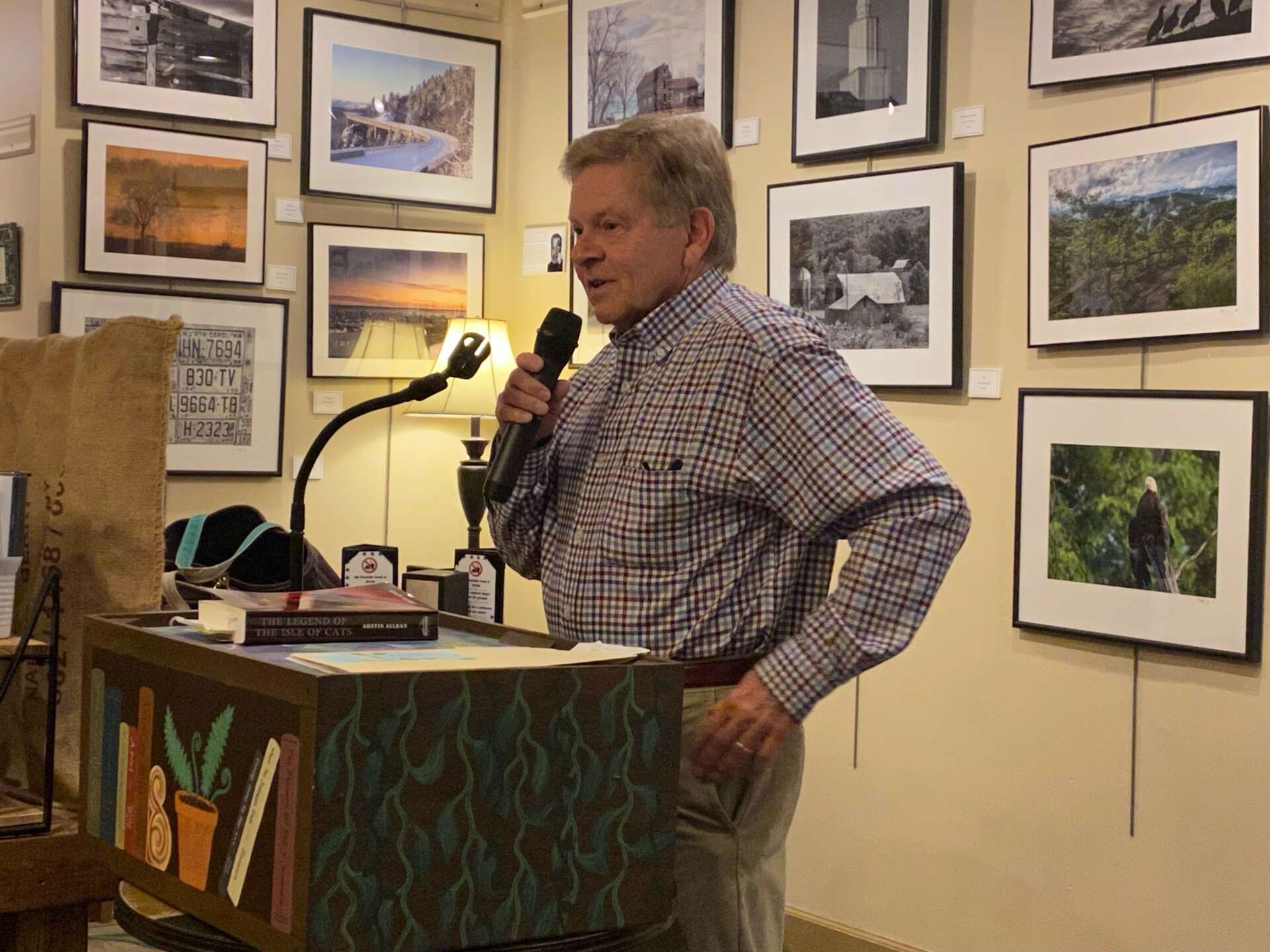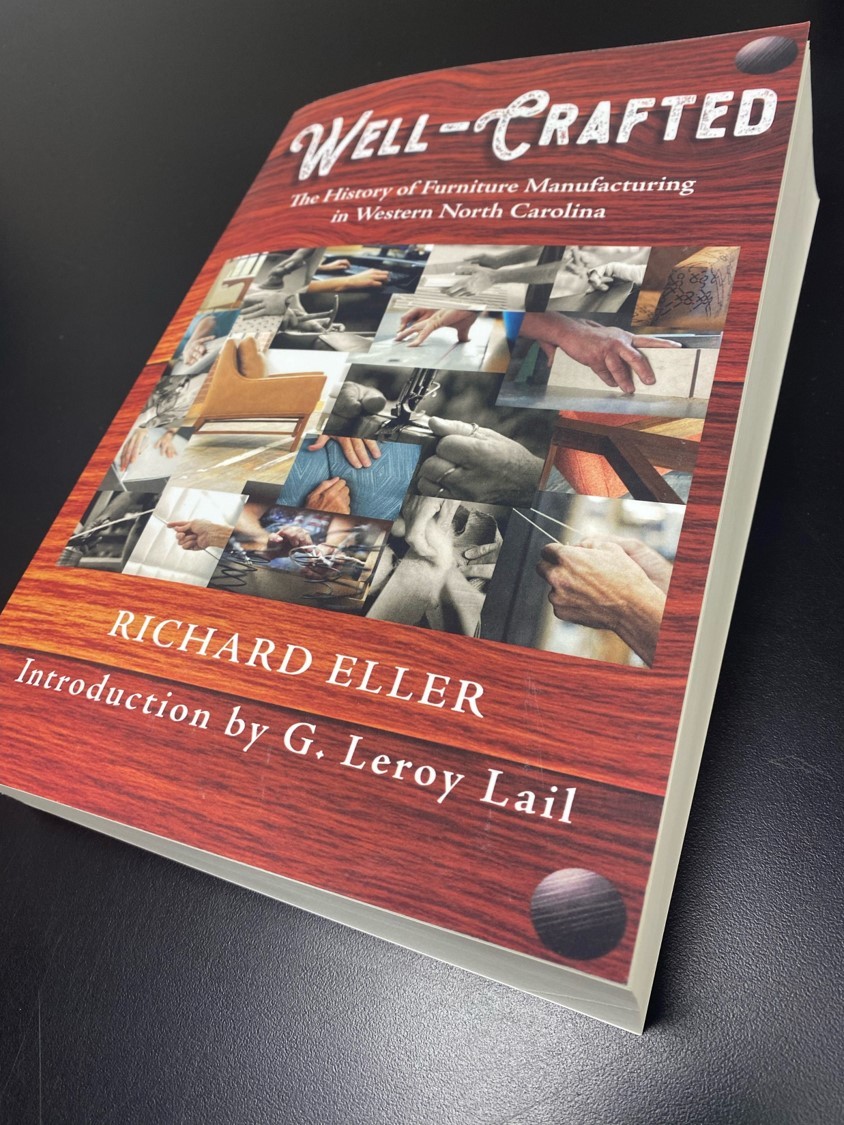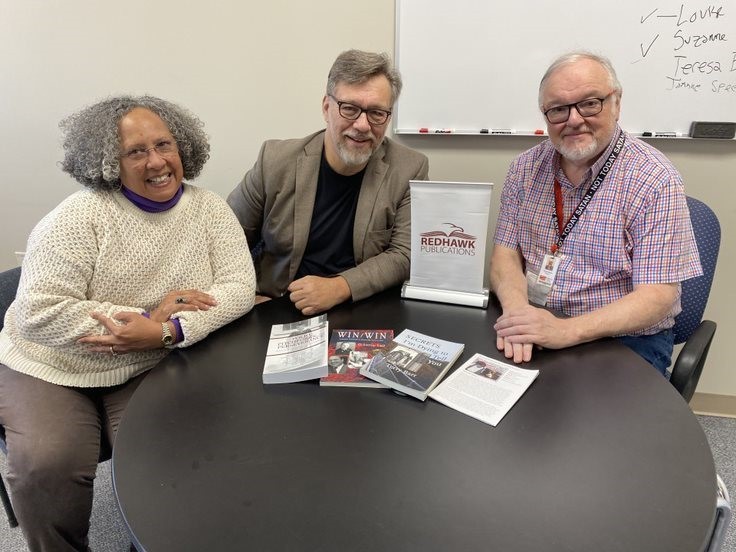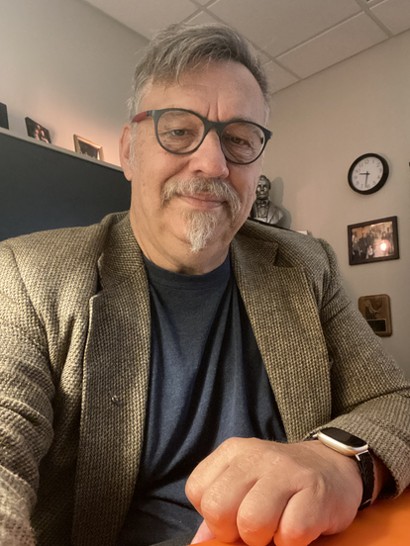We were lucky to catch up with Richard Eller recently and have shared our conversation below.
Alright, Richard thanks for taking the time to share your stories and insights with us today. Let’s kick things off with your mission – what is it and what’s the story behind why it’s your mission?
In 2013, I took a different view of the community college in North Carolina’s mission to serve its stakeholders, those people who look to the institution to better their lives. Instead of an entrepreneur, I wanted to become an intrapreneur, seeking to offer something sustaining not seen elsewhere, an apparatus to offer a unique outlet that could benefit students, faculty, actually anyone in the college’s service area.
If, in the NCCCS, the primary job was to help others find and train for theirs, would not another way to serve the community be to reflect the unique heritage and artistry of that region, develop a repository that reflected what made existence noteworthy, even remarkable in the Catawba Valley of western North Carolina. First, I asked faculty to contribute to a cross-disciplinary effort to document what was arguably, the region’s most significant historical event. From various perspectives, a group of researchers delved into the 1944 Polio Epidemic, known as the “Miracle of Hickory.” From the research came both a book and a documentary. I partnered with an English instructor as editor of the cumulative manuscript and a publishing initiative was born.
From there, we asked the community, what do you want to see published that reflects the unique culture of the region in which they lived. Increasingly, they responded with an overwhelming amount of material that might well have been honed in classes taught on campus. Poets, historians, students, photographers, memoirists, as well as business people and public servants offered their work that demonstrated a creative economy needed just such an outlet. Next, we sought to find a market for their product that highlighted ‘all things local.’ Book by book, over a period of five years, we built Redhawk Publications as a mirror for the community to see what a special story they had.
Soon, the word spread beyond the school’s service area. Authors beyond western North Carolina sought out our publishing house, which we later discovered was one of only three in the nation operated by a community college. Our highlights have included several coffee-table books that a municipality like Hickory to present itself upon the occasion of its sesquicentennial in 2020, as it turned out the only way the city could during the worldwide pandemic. Soon, Redhawk will publish a memoir from a Civil Rights icon, adding to our understanding of an important era in American history, an outcome we could not possibly have imagined when we started.
Given the mission to serve the community, and with the college considered a repository for human experience, the establishment of a publication initiative seems logical, even essential. And yet, prior the establishment of Redhawk Publications, no one offered a concerted effort to gather, publish and distribute the work of a community. Blessed with a rich history of accomplishment and endeavor, the area now has an outlet for telling its story.

Richard, love having you share your insights with us. Before we ask you more questions, maybe you can take a moment to introduce yourself to our readers who might have missed our earlier conversations?
From a young age, I loved history. People who walked the very ground that I now traverse have always fascinated me. Their circumstances, their challenges, failures and triumphs led directly to the world I inherited from them. I wanted to know how they built it. As a kid of the golden age of television and radio, that was my original goal, to work in the communication industry. However, I never forgot that some of the best stories were those of the past and that telling them could be meaty subjects for highlighting and translating. The two disciplines of history and communication seemed perfect for me as a story teller. After working in corporate communication for a period, I decided to earn an MA in history.
For the most part, teaching is the primary use for an advanced degree in history. However, my past work kept me open to the idea of finding a larger venue for instruction beyond the classroom. With two books I either wrote or cowrote, and several documentaries that I produced, I sought to open up the process to not only my research and presentation finding a wider audience, but for others as well. When I went to the president of Catawba Valley Community College, Dr. Garrett D. Hinshaw to pitch the idea, he was receptive and his organizational vision for what the effort might become, we embarked on Redhawk Publications.

Have any books or other resources had a big impact on you?
Once I read Chris Grams’ “The Ad-Free Brand: Secrets to Building Successful Brands in a Digital World,” I knew I could craft a new entity within an old system. In the old days, advertising via radio, television and newspaper were the only ways to get the word out. What this book showed is how irrelevant that approach had become. Via guerrilla marketing, avenues to people had opened that did not cost money the community college did not have to market books to a regional audience.
Social media became the new conduit by which the works of Redhawk Publications authors could be spread. Each time we published a book using those outlets, as well as traditional ones too, we began to establish who we were. Readers picked up on what was going on immediately and they rewarded us by buying a variety of works that represented the area in which they lived. My work as a historian/writer benefitted as well. I began to enlarge the scope of the subjects I researched and wrote about. But be it history, poetry, novels, or whatever, others could find a connection with those interested in the same subjects and idea through our press. It was vindicating.

What do you think helped you build your reputation within your market?
Consistency. After the polio book and documentary, we published several hardback books that looked impressive, even if I do say so myself. Undoubtedly, others saw the quality of the work too. From there, two interesting things happened. We began to get more and more submissions, to the point that we convinced a local businessman to fund a position to serve as our acquisitions editor. Second, with each successful book released, we gained a following, not just of buyers but also organizations in town that helped us to promote our works.

Contact Info:
- Website: https://redhawkpublications.com
- Facebook: https://www.facebook.com/RedhawkPub/
- Other: https://en.wikipedia.org/wiki/Redhawk_Publications
Image Credits
Well-Crafted: The History of the Western North Carolina Furniture Industry Richard Eller My Team – (from left) Patty Thompson, Acquisitions Editor, Richard Eller, Director, & Robert Canipe, Editor-in-Chief Local novelist and former State Representative Austin Allran debuts his book, The Legend of the Isle of Cats All images copyright Redhawk Publications


